Nationality American Name Eric Weinstein | Role Mathematician | |
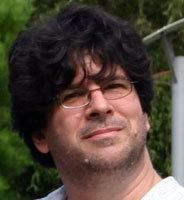 | ||
Fields Mathematics, Physics, Economics, Finance | ||
Eric weinstein what math and physics can do for new economic thinking
Eric Ross Weinstein (born October 1965) is an American mathematician and economist. In May 2013, he proposed a solution to some of the problems in modern physics. His theory included an "observerse", a 14-dimensional space, and predictions for undiscovered particles which could account for dark matter.
Contents
- Eric weinstein what math and physics can do for new economic thinking
- Eric weinstein economic thinking in a fallible world
- Early life and education
- Economic theory
- Financial crisis
- Mathematical physics
- Science policy
- Talks
- References
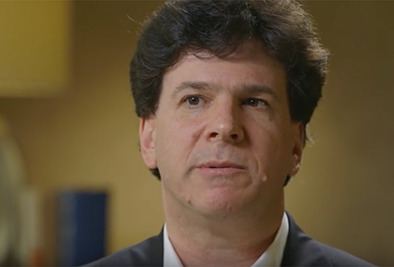
Eric weinstein economic thinking in a fallible world
Early life and education
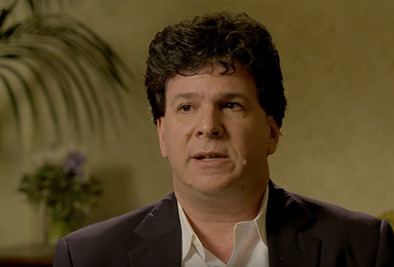
Weinstein was born in Los Angeles, California. His family is Jewish and his brother is biologist Bret Weinstein.
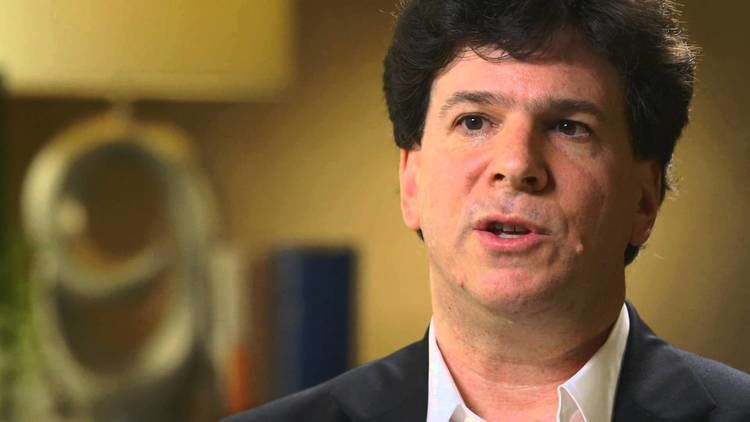
In 1985, he graduated from the University of Pennsylvania as a University Scholar, receiving his bachelor's and master's degrees in mathematics in three years. He then earned a Ph.D. in mathematical physics from the Mathematics Department at Harvard University in 1992. He has since held a Lady Davis Fellowship in the Racah Institute of Physics at Hebrew University, a National Science Foundation fellowship in the mathematics department of Massachusetts Institute of Technology, and he was an Alfred P. Sloan Foundation grantee in the Harvard Economics Department and National Bureau for Economic Research where he founded the Project on the Economics of Advanced Training with economist Richard Freeman.
Economic theory
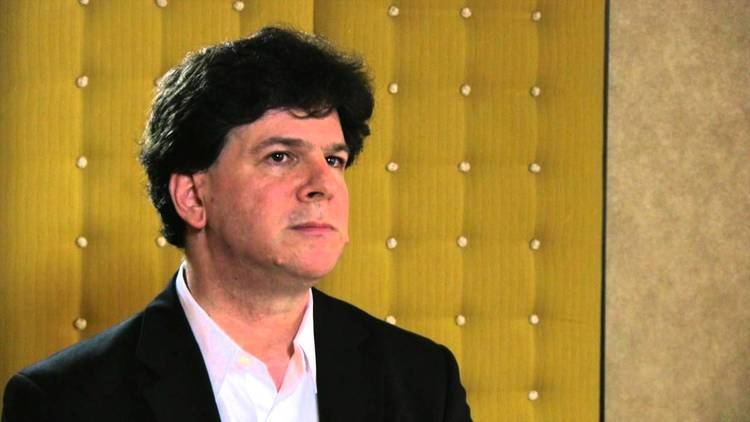
Along with collaborator Pia Malaney, Weinstein showed that neoclassical economics was in fact an example of a naturally occurring gauge theory. This discovery paralleled a similar such discovery linking mathematics to physics by Chen Ning Yang, and collaborators at Stony Brook in the 1970s. The approach has been separately discussed from viewpoints in both the economics and physics literature but has yet to gain a wider awareness with few academicians possessing backgrounds in both physics and economics. Recently, a program for 'Geometric Marginalism' by Weinstein and Malaney has been funded by the Institute for New Economic Thinking (INET).
Financial crisis

Due in part to his work in finance and economics described above, in 2002 Weinstein began giving talks aimed at mathematicians and physicists calling attention to what he perceived as instabilities in the financial system, professional forces repressing unorthodox views in economics and finance (and to a lesser extent in academia in general) and the need for more sophisticated mathematics in finance.
Mathematical physics
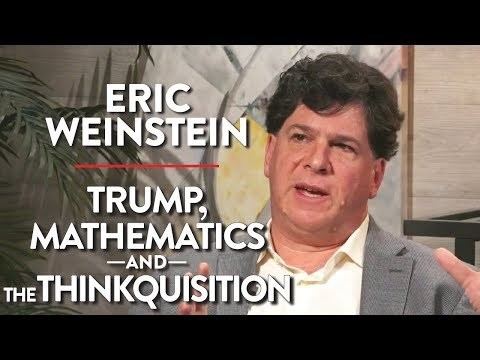
Weinstein claimed in his dissertation research that the self-dual Yang–Mills equations on which Donaldson theory was built were not unique as was believed at the time, putting forward two sets of alternate equations based on spinorial constructions. One set of equations became the basis for his dissertation showing that the Self-dual Yang–Mills (SDYM) equations were not really peculiar to dimension four and admitted generalizations to higher dimensions.
In May 2013 Weinstein delivered a lecture, Geometric Unity. It was promoted by Marcus du Sautoy as being a possible answer to some of the problems in modern physics. Few physicists attended the original lecture and no paper or preprint was published. The claims were met with skepticism by several commentators. A repeat lecture was organised the following week with more physicists in attendance. His theory includes an "observerse", a 14-dimensional space, and predictions for undiscovered particles which could account for dark matter. Joseph Conlon of the University of Oxford pointed out that some of these particles should already have been seen.
Science policy
Weinstein has argued that the National Academy of Sciences and the National Science Foundation have deliberately sought to glut the market for scientists to decrease wage outlays for scientific and technical employers.
